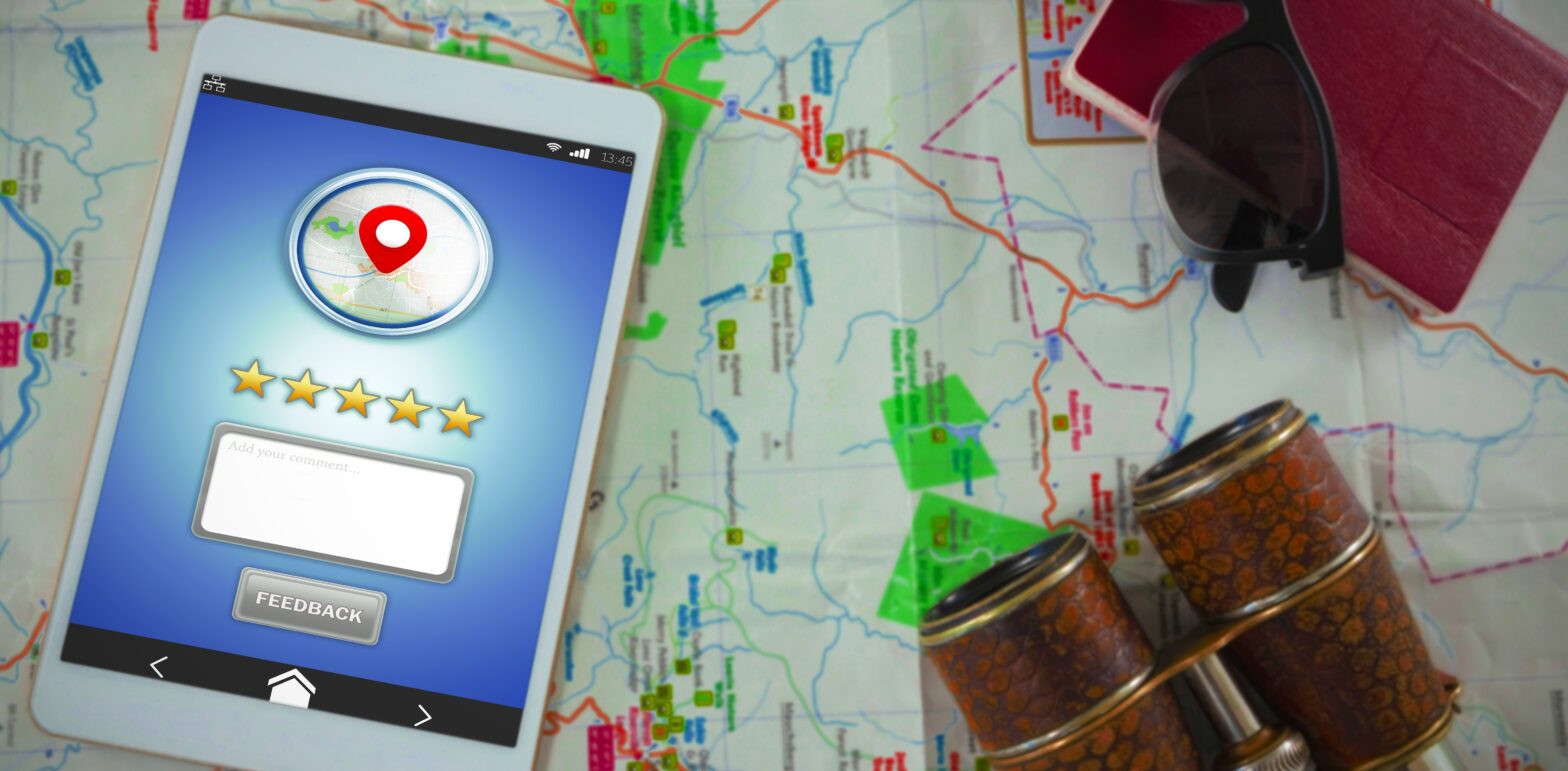In 2015, a group of British tourists landed in Turkey to discover that their e-visas were fake. Denied entry, they were ultimately forced to buy visas on the spot at a significantly higher rate. Together with the financial cost, time was lost at the airport getting through immigration and their personal and confidential data was transmitted to an unknown entity. Not the best start to a relaxing holiday.
Could this have been avoided? Can technology step in to mediate these issues? Would a smarter utilisation of data have made a difference? The answer to all of this is yes.
Today, when an individual arrives in another country, the first authentication stage is often the check-in desk of the airline itself. The extent to which the validation of the journey can be completed can be limited, often restricted by the airline’s own procedures, the skills of check-in staff, regulations associated with both the origin and destination state (and the state issuing the visa or passport too)—and the purpose of travel, transit country, external resources such as Timatic—overall, many potential hurdles and chances for errors.
We all know about powerful passports; those of which that are associated with issuing authorities that typically don’t require visas upon entry. Imagine a system where the details of a visa issued by country A are made available on a need-to-know basis to specifically identified stakeholders; typically, other participating countries (let’s call them B and C), along with travel companies and airlines. Is there a way to validate the details before travel commences?
See also: Blockchain and the transformation of the travel industry
Let’s play this out. Country A enters the traveller’s details (MRZ details, biometrics, type of visa, validity, etc.) into a database (for example, the Travel Authorisation & Travel History Database). When our traveller from country B checks in at the airport, the airline system connects to the Travel Authorisation & Travel History Database, makes a validation, and provides the result at the check-in desk itself, right at the first interaction stage. Now, when they walk up to the immigration desk, again the validation is done by border control as they make contact with the Travel Authorisation & Travel History Database once again—pass two done! Now, for argument’s sake, let’s imagine that our traveller is also passing through country C. Here, country C would also have the opportunity to validate our traveller’s visa with the database too—three validations upon our traveller’s final arrival.
So what’s going on here exactly? Put simply; we are strengthening the entire validation process, reducing the chances of fraud, human-trafficking, risks to other people, all whilst improving the overall operational efficiencies and costs incurred by all stakeholders.
What if there were numerous countries taking part in this initiative? Obviously, there would be even more stakeholders involved, as stated above. Is there a complex central system that can be built to deal with all this? One that can be federated and one that is secure? Does such a platform exist? It does—and it’s called BLOCKCHAIN.
See also: Airports, blockchain and the seamless passenger journey
We all know about blockchain from the financial world, but it is being used in countless other applications and scenarios too. Due to its extremely secure nature and its intrinsic ability of deference to extremely deep and complex checks, it’s the ideal application for decentralised travel authorisation.
With a centralised source of truth for immigration officers and involved stakeholders to refer to, many of the aforementioned issues could be significantly controlled. For example, the inclusion of a travel history transaction holder in the Blockchain would enable officers to observe and authorise overstays right at the time of check-in.
Stolen, damaged, and lost passports could be quickly reported by genuine owners and authorities to the Blockchain, in order to prevent fraudulent usage immediately—and the co-operative tracking of criminals by agencies such as Interpol could become more straightforward with travel history based triggers available in the same place.
See also: An age of experimentation for the travel industry
Using the Blockchain in this way could provide all the necessary authorisations required for the traveller too, giving them an easy and secure way to understand their global travel footprint—all in a way that’s verified, avoiding purchases of fake e-visas.
And how easy is all this? While the examples above are limited; the possibilities are endless. Data protection and sharing are always going to be a challenge, and interstate relations can always be a hurdle. But the application of technology and decentralised data in a way that’s secure and continuously authentic could go a long way. As we continue to see blockchain technology evolve, so too could we see the continued evolution of cross-border travel security. Could this be what the passport of the future looks like? Only time will tell…
By Mandar G. Chaphalkar, Senior Technology Architect, Data & Analytics Practice at Infosys Ltd.







